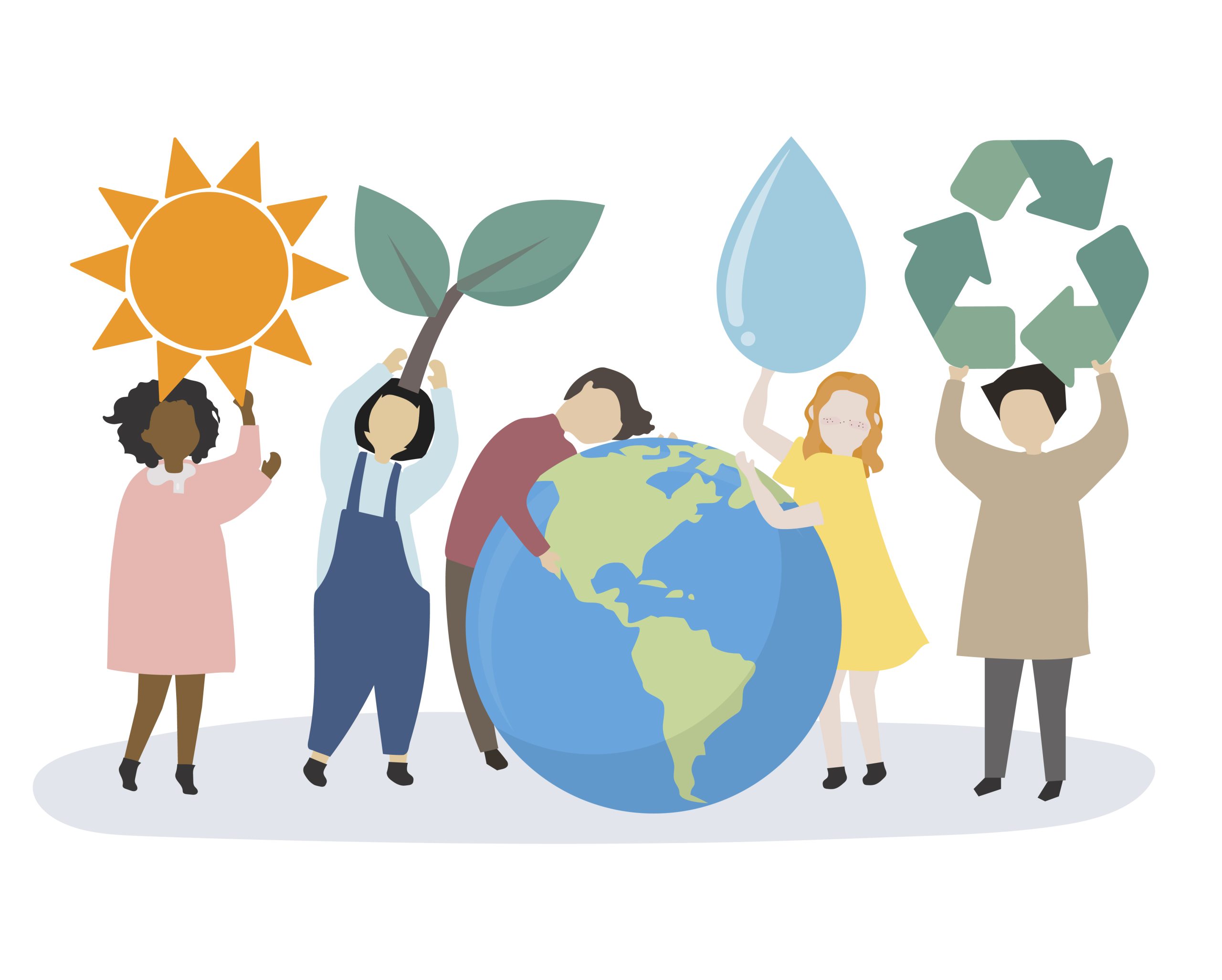Guidelines on State aid for climate, environmental protection and energy 2022

What are the main changes introduced in the revised Guidelines on State aid for climate, environmental protection and energy (‘CEEAG’)?
The new Guidelines provide the framework for public authorities to support the European Green Deal objectives efficiently and with minimum distortions of competition. In particular, the new Guidelines:
- Broaden the categories of investments and technologies that Member States can support to cover new areas (e.g. clean mobility infrastructure, resource efficiency, biodiversity) and all technologies that can deliver the Green Deal (e.g. renewable hydrogen, electricity storage and demand response, decarbonising production processes). The revised rules generally allow for aid amounts covering up to 100% of the funding gap where aid awards are based on competitive bidding, and to introduce new aid instruments such as Contracts for Difference.
- Increase flexibility and streamline the existing rules, by introducing a simplified assessment of cross-cutting measures under a single section of the Guidelines (for example the section on aid for the reduction and removal of greenhouse gas emissions, including through support for renewable energy and energy efficiency) and eliminating the requirement for individual notifications of large green projects within aid schemes previously approved by the Commission.
- Introduce safeguards, such as a public consultation requirement above certain thresholds, to ensure that the aid is effectively directed where it is necessary to improve climate and environmental protection, is limited to what is needed to achieve the environmental goals and does not unduly distort competition or the integrity of the Single Market.
- Ensure coherence with the relevant EU legislation and policies in the environmental and energy fields, among others by phasing out subsidies for fossil fuels.
